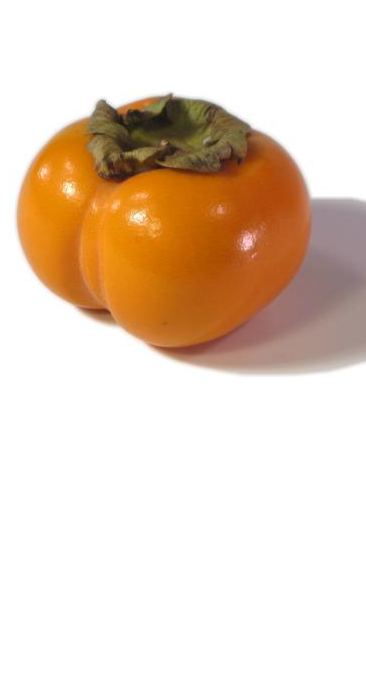Menu Planning for November 2013
If you’re planning your menu for November, there are a few holidays to consider and autumn fruits and vegetables that can be added to well-honed comfort menus.
Plan for November:
National Apple Month, Good Nutrition Month, National Diabetes Month
• November 1st – All Saint’s Day
• November 2nd – Cookie Monster’s birthday
• November 3rd – Daylight Savings Ends
• November 3rd – National Sandwich Day
• November 8th – Election Day
• November 15th – Sadie Hawkins Day
• November 18th – Great American Smoke-out
• November 28th – THANKSGIVING Day
– Hanukkah starts on sunset, November 27th and continues for eight days until December 5th.
Plan Ahead for December:
National ‘Hi Neighbor’ Month
• December 4th – National Cookie Day
• December 5th – Hanukkah ends
• December 7th – Pearl Harbor Day
• December 25th – Christmas
• December 26th – Kwanzaa, Boxing Day, National Whiners Day
• December 27th – National Fruitcake Day
• December 31st – New Year’s Eve
Winter squash, Root Vegetables and all the Brassicas start their fall harvest…
These are the menus of cooler weather. Our natural instincts for hibernating and the need to add to our literal and figurative layers create cravings for vitamin and mineral rich foods: the beta carotenes of winter squashes and yams; the starches of fall harvest potatoes; the rich flavors of all the brassicas (broccoli, cauliflower, Brussels sprouts and cabbages); the earthy flavors of root vegetables – beets, turnips, parsnips, celery root, leeks and onions. Long slow cooking methods enhance the flavors of late fall and winter vegetables. By slowly cooking these roots, tubers and hard squashes, kitchens convert the starches to sugar and have an opportunity to create delicious and inexpensive menu items.
The pilgrims would never have had green beans or fresh peas on their menu – perhaps think about using high protein and richly flavored dried beans and lentils for soups and stews. Cranberry beans and other shelling beans are also delicious vegetables with a rich and buttery flavor. If you want to have green on the plate, Bloomsdale spinach and the hardy greens are all available for the winter, they thrive in cooler weather! These are the months for all of the delicious and colorful kales and chards – spinach loves the cooler weather too. Consider accenting traditional recipes with dried chilies and toasted nuts for extra and unusual flavor.
The classic fruit for late fall is the cranberry and these are being harvested throughout October and November and available fresh. Cranberries are wonderfully enhanced by the zest and juice of the first of the winter citrus, but don’t limit these tart and nutritious beauties to just a sauce – think about cobblers and pies with a bit of tart flavor and some fresh crème anglaise or vanilla ice cream to balance that fresh flavor. Create a winter cranberry cocktail; the CapeCodder is delicious in the summer, what is it’s winter counterpart? Desserts can be made even more delicious with the last of the heirloom apples or recently harvested pears and their relative – the quince. The brightly colored arils of pomegranates and both Fuyu and Hachiya persimmons are other fruits that can be used to enhance the menu. One last fruit option – the many varieties of figs that are finishing – use them until the first frost hits because after that, unless you have a desert supplier, they aren’t available until the spring harvest.
The following items should be available for the month of November. Remember that availability projections are based on annual history and sometimes the weather patterns and other acts of the universe can change access to quality produce. The items noted in BOLD should be the best values for the month of November.
Apples
Artichokes
Asparagus – Peru
Asparagus, White – Peru
Beans – Cranberry
Beans – Dragon
Beans – Romano
Beets
Endives
Boiler Onions
Broccoli
Broccoli Rabe
Broccolini
Brussels Sprouts
Brussels Sprouts Stalk
Cabbage
Cactus Leaves
Cactus Pears
Cantaloupe
Cardoni
Cardoon
Carrots
Cauliflower
Celery
Celery Root
Chards
Chayote Squash
Cherimoya
Chestnuts
Chicories
Chili Peppers
Citrus – Mandarins
Collards
Crab Apples
Cranberries
Cucumbers
Dates
Feijoa
Fennel
Figs – ending soon
Garlic
Ginger
Gooseberry – Caped (CA)
Grapefruit
Horseradish
Jicama
Kale
Kiwifruit, (new CA)
Kohl Rabi
Leeks
Lemons
Limes
Mushroom – Black Trumpet
Mushroom – Chanterelle (OR)
Mushroom – Hedgehog
Mushroom – Hon Shimiji
Mushroom – Lobster
Mushroom – Matsutake
Mushroom – Mytake
Mushroom – Truffle (domestic)
Onions
Onions – Sweet
Oranges – Navel
Parsley Root
Parsnips
Pearl Onions
Pears – Asian
Pears – Winter
Persimmons
Pineapple
Pomegranates
Potatoes – Fingerling
Potatoes – Purple
Potatoes – Red
Potatoes – Russet
Potatoes – White
Potatoes – Yukon
Pummelo
Pumpkins
Quince
Radicchio
Radishes
Rutabaga
Shallots
Spinach
Squash (Hard)
Sunchokes
Sweet Potatoes
Tamarillos
Tangerines
Tomatillos
Turnips


